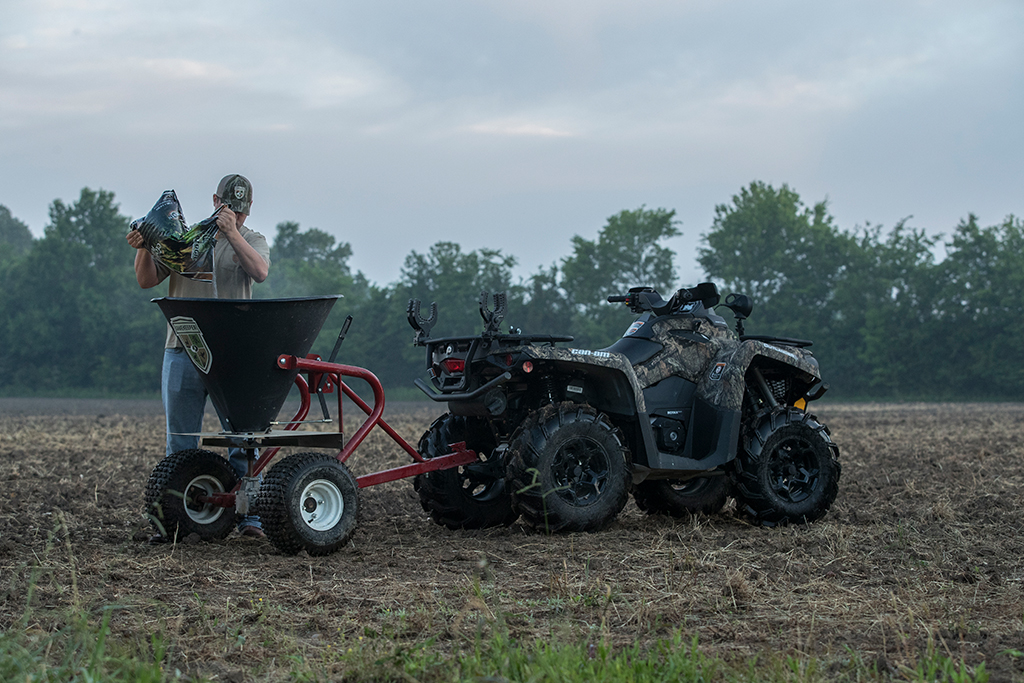
If you’ve ever spent much time observing large grain farming operations, you’ll notice that most will rotate their crops every few years. It’s a fact that corn and wheat can deplete valuable nutrients from the soil, but rotating to a legume such as soybeans every other or every few years keeps the soil rich. Legumes are referred to as nitrogen-fixing plants. Small nodules on their roots actually produce nitrogen and enrich the soil.
Perhaps the most versatile legume on the market is clover. Take your pick from the many varieties that are offered by BioLogic, perhaps the Non-Typical Clover or Clover Plus. Each region and soil type will support some varieties better than others. Ladino clover will maintain its hardiness for 3-5 years under most growing conditions and will cover the ground quite well. Red clover on the other hand has a shorter life, about 2-3 years, but it still is a great choice for your large or small food plot. Of course, simply adding a legume will not provide all the nutrients and strength that your soil needs, but their addition will create steady improvements to the overall health of your soil. These “magic legumes” can be planted in a clover blend, or make a great partner for many other plantings.
A lush and healthy perennial plot can be the perfect ambush site on early-season whitetails. If you have some good perennial fields such as clover, chicory, or alfalfa, get them sweetened up for that perfect 20 yard shot.
This article is courtesy of the GameKeepers Farming for Wildlife publication, a quarterly wildlife and land management magazine produced by the Mossy Oak GameKeepers. For more information on subscribing or joining visit Mossy Oak GameKeepers Club.



























